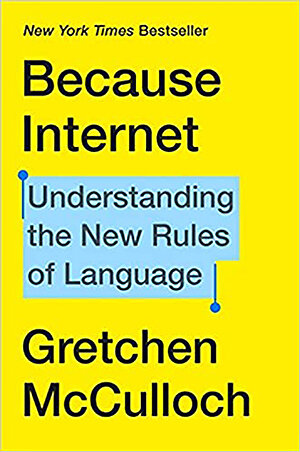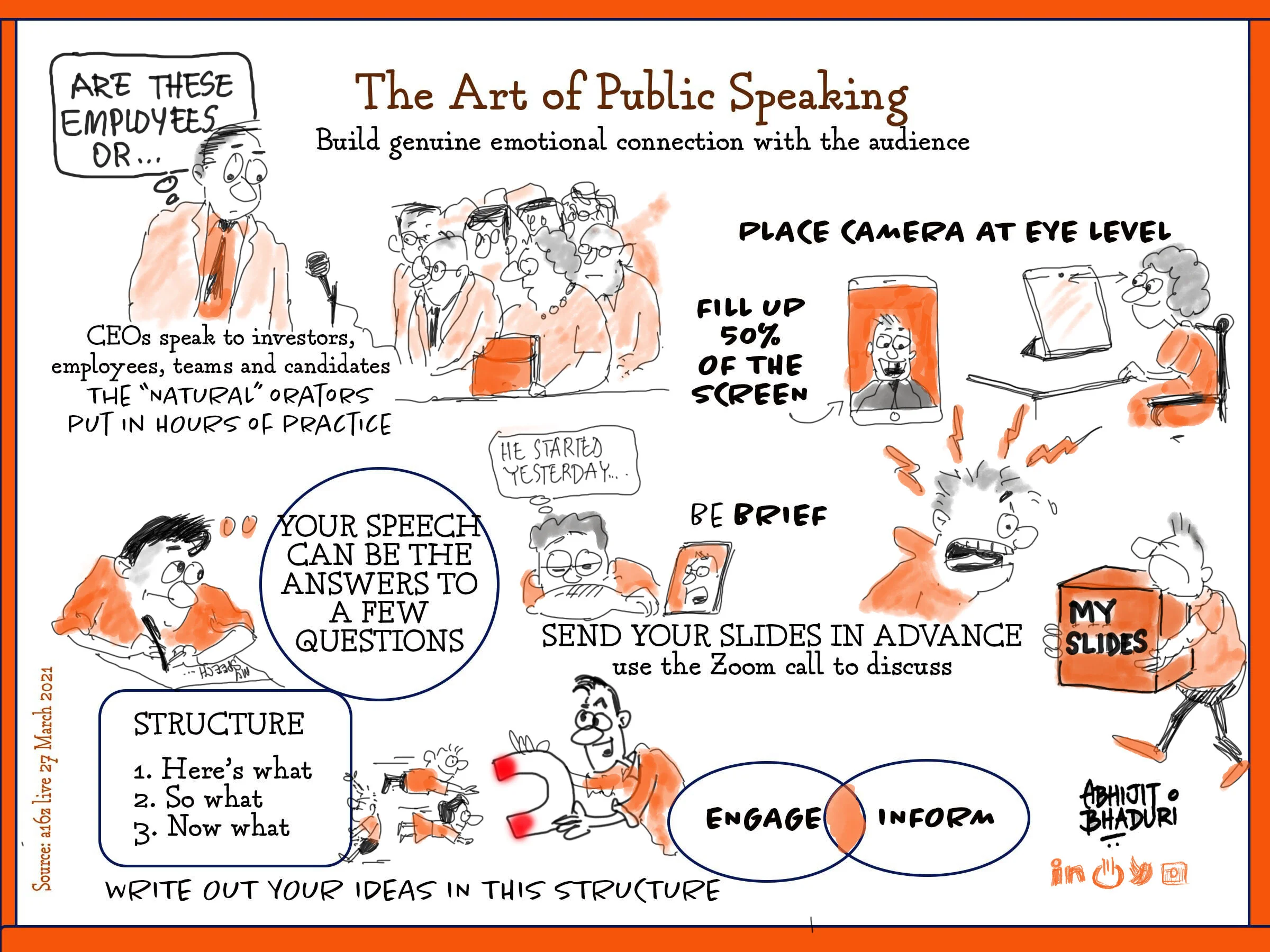Communication in the times of digital
Our media consumption habits have changed during the pandemic
Communication complexity
“The feeling of longing for an absent something or someone that you love but might never return.” There is no word for it in English. Portugese folks use Saudade to describe this beautiful feeling that all of us have felt, but have never been able to express because there was no word in English that was just right.
Communication is a complex process. The person initiating the communication can choose to write, speak, draw or even use sign language to share an idea. Each person carries their own bias or cultural context. Their knowledge of the language and grammar shapes how articulate they can be. Then they choose the medium across which the idea will be transmitted. That could be analog or digital. Each medium has its own possibilities and constraints. The language changes and we find ways to add new words to make the language keep pace with the world that is ever changing.
Language is correct when sender and receiver understand a message in their shared context. The internet makes everyone the authority who decides whether the language used conveys everything they intended to. The receiver in turn nods their head satisfied that they have figured out what they intended to convey.
The digital tsunami swept away the structures that Wren and Martin so painstakingly built with great support from my teachers. The internet liberated us from worrying about things like “the dangling participle” (the grammar nazis love them).
Intrnt chngd hw v rite
You could read that. If you thought why I was being lazy you would not be alone. After all how much time did I save by spelling ‘how’ as “HW”. It is not about saving time. That is how we communicate today.
When I was learning English grammar in school, it was a different world. The rules were already set (or so we were told) about how to write a letter. The essay was supposed to convey our mastery over the rules of grammar and spellings. I had to read the big fat grammar book called Wren and Martin and in case of any doubt our English teacher threw the rulebook at us. Yes, Wren and Martin can be life-threatening!
Look at how many ways we can laugh, smirk, guffaw, chuckle, grin, snicker and more. But why are emojis so popular?
No rules rules
The writing on the internet is informal, spontaneous and unedited. So it follows no rules. There is no editor to point out the spelling errors and grammar gaffes or typos (which I specialise in). On the internet, the same word has different meanings depending on when you first learned about that phrase or word or emoji. The emojis create a visual shorthand for our emotions and forces us to pause and absorb the emotion that was intended to be conveyed. Really!! (Note the double exclamation that I use to convey my emotion).
These rules have kept evolving. If you have not kept pace, you would have missed out. You may know that mouse is not just a rodent, it is a device. You may even know that LOL is an acronym for Laugh Out Loud. It has moved on from that connotation long since.
When you talk to the youngest groups, LOL may have meant laughter for a very short period of time, but that laughter quickly became aspirational — you know, "Oh, that is kind of funny." And then it became not even real laughter at all. It became more a marker of irony or softening or "I'm not angry at you," "I'm not feeling hostile" — you know, these additional subtle social meanings.
Gretchen McCulloch
The youngest people on the internet may use LOL as a softener of an emotion. They could say, “I hate you … LOL”. Think of it as a light friendly punch to tell someone that the “I hate you” is a joke. You would know that I do not actually hate you. But when LOL is added to a different emotion like love, as in, “I love you …LOL” it is a clear sign that my love for you is fake.
Gretchen McCulloch is a well-known linguist and her book is packed with ideas and insights that will make you pause and wonder why you missed these observations.
Listen to this interview.
Digital Body Language by Erica Dhawan
The Power of Excellent Communication Skills
“When asked what the best investment professionals could make in their careers was, Julie Sweet, global CEO of Accenture, answered, “Develop excellent communication skills.”
A “soft” skill—communicating well, especially in your writing—is a critical competitive advantage.”
Excerpt From: Erica Dhawan. “Digital Body Language”
Digital Body Language
When we communicate with someone in person, there are so many “signals and cues—posture, proximity, smiles, pauses, yawns, tone, facial expressions, eye contact, hand gestures, and volume—“the silent language.”. In virtual meetings, when one person switches on the camera and the other keeps the camera off, there is a certain signal that goes missing.
“Digital Body Language involves: “liking” a text. Praising another person’s input in an email. Making a detailed comment verbally or in the chat box during a video call when someone expresses an idea, instead of just saying, “I agree.”
To communicate urgency in a digital manner, use all caps paired with direct language or sentences that end in multiple exclamation marks; opt for a phone call or a meeting over a digital message; skip greetings; use formal closings, Reply All, or Cc to direct attention; issue the same message on multiple digital channels simultaneously.”
“Value Visibly, Communicate Carefully, Collaborate Confidently, and Trust Totally.”
I found the two books (i) Because Internet and (ii) Digital Body Language useful to get started and reflect on how I can be more effective. Just because we are constantly communicating, does not mean we are doing it right. There is a new language that looks deceptively familiar to the language we have been using. But don’t let that fool you. Teaching leaders how to communicate effectively in the virtual world maybe a worthwhile investment. While several senior leaders reach out to get coached in communicating more effectively beyond emails, very few businesses train their leaders in this invisible skill gap.
Get in touch: Email me at abhijitbhaduri@live.com






